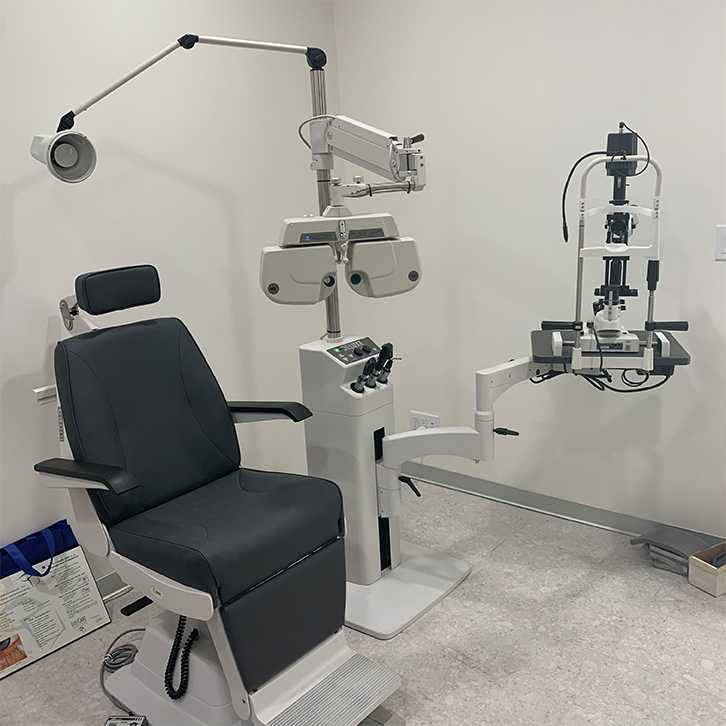Signs and Symptoms
- Twitching or vibrating of upper or lower eyelid
Overview
One of the most common complaints we get here at Dr. Bishop and Associates is related to twitching of the eyelids. This quivering of the eyelids can be quite alarming as it is completely involuntary and sometimes quite difficult to resolve. It can occur quite frequently, lasting from several seconds to minutes. It typically occurs in one eye or the other at a time, most commonly in the outer lower lid, but sometimes the outer upper lid. In rare cases, it can occur in both eyes, and in even rarer cases can be strong enough to cause double vision. Myokymia can also precede an episode of blepharospasm, which is a much stronger involuntary eye closure involving the orbicularis oculi muscle which runs completely around your eye (used when clenching your eyes shut).
This twitching is called Myokymia (my-oh-kime-ee-ya) and is not a directly a serious medical concern. It is merely a result of a misfiring of the motor nerves driving several of the muscles of the eyelid. Even though the movement can feel quite large typically only one or two muscles are affected at a time and therefore the movement is quite small, and only minimally visible to others.
Myokymia can almost always be linked to one or more of several causes. Most commonly too much stress, lack of sleep, anxiety or excessive caffeine/sugar/alcohol intake. There are also some more specific ocular causes such as irritation secondary to dry eye or harmful airborne chemicals such as smoking.
Diagnosis & Treatment
Myokymia rarely requires medical intervention as it typically resolves on its own with no damage done. In many cases the frequency of twitching episodes can be significantly reduced or eliminated by reducing stress, anxiety, caffeine, alcohol, increasing sleep, quitting smoking and/or treating dry eye syndrome.
There has been some evidence that antihistamines (anti-allergy meds), either oral or topical, can help reduce the occurrence and severity of myokymia. The big drawback of antihistamines, especially orals, is they are known to cause drowsiness, and dry eye causing worsening of overall ocular comfort.
In the most extreme cases, BOTOX can be injected into the area effectively weakening the muscle. This should always be done by a professional as any incorrect application may cause nerve or muscle damage. In all but the worst cases, this is complete overkill as the side effects of BOTOX can be significant. With the weakening of the eyelid muscle, it is not uncommon to have issues closing the eyelid the entire way leading to Exposure Keratopathy, which an extreme form of dry eye. I compare it to fishing with dynamite, yeah it’s going to work, but you may very well blow up your own boat in the process.
If you are having a difficult time dealing with your myokymia it might be a good idea to book an appointment with one of our Doctors as I’m sure we all experienced this extensively during Optometry School.



















